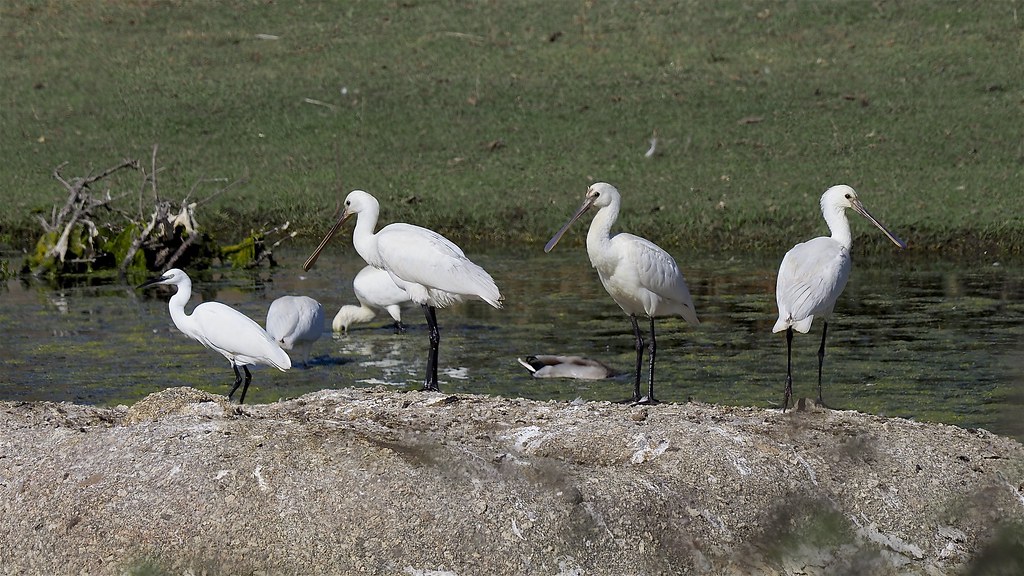.... That's helpful - Thanks

So, my workflow would be :
1) - Load my card containing all types of shot RAW images (I don't shoot JPEG) into Olympus Workspace on my desktop (laptop if travelling).
2) - Cull and colour label all as usual.
3) - Transfer my 'normal' RAW images into my folder system in Capture One for RAW conversion and editing as usual on my desktop when home.
4) - Convert only my High Res RAW Oly files in Workspace.
5) - Export as TIFFs into Capture One on my desktop and finish with Photoshop plug-ins as usual in a round trip.
6) - Export as JPEGs to various folders on my hard drive.
OR
4a) - Convert only my High Res RAW Oly files in Workspace and make local adjustments while still in Workspace.
5) - Export as TIFFs etc as above.
6) - Export as JPEGs etc as above.
Word on the street says that Capture One does a better job of RAW converting ORF files than Workspace does. Rather like Capture One converts RAW files better than Canon's DPP does. Being a Phase One product rather than Adobe, Capture One is reputed/reported to be better than Lightroom too. But perhaps this is beginning to pixel-peep the conversion subject.


 European Stonechat
European Stonechat Iberian Azure Winged Magpie 3
Iberian Azure Winged Magpie 3 Spoonbills and Little Egret
Spoonbills and Little Egret